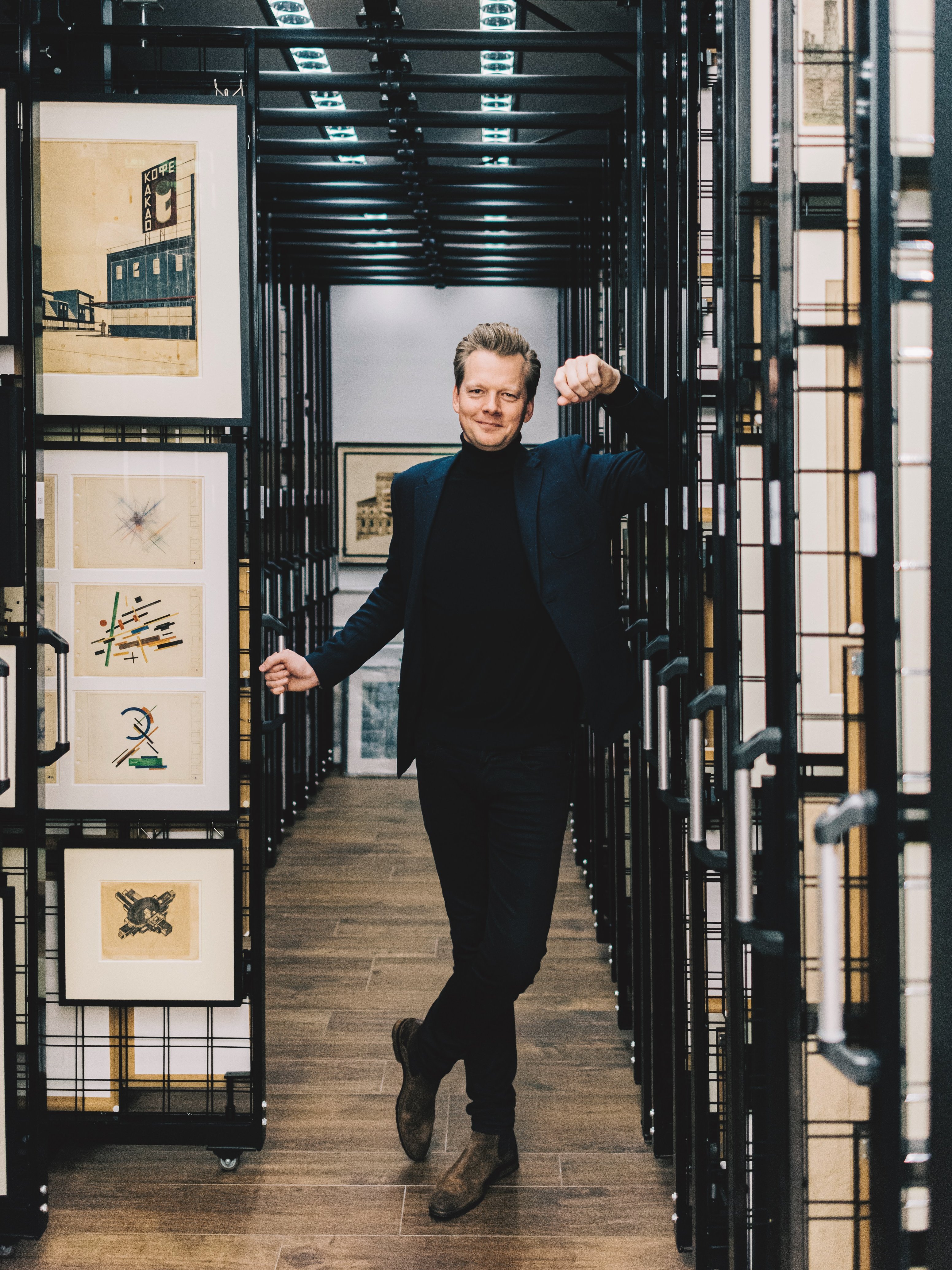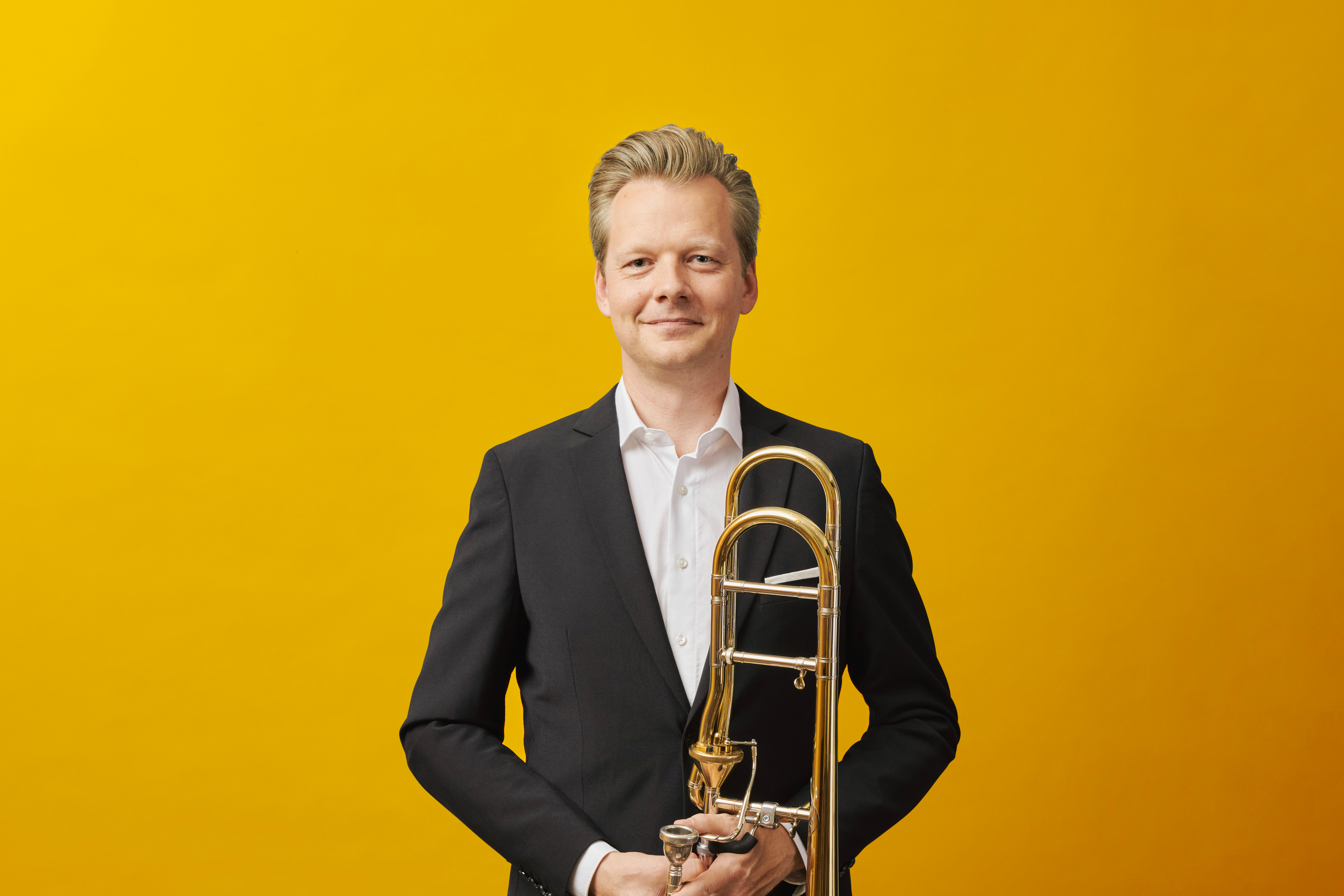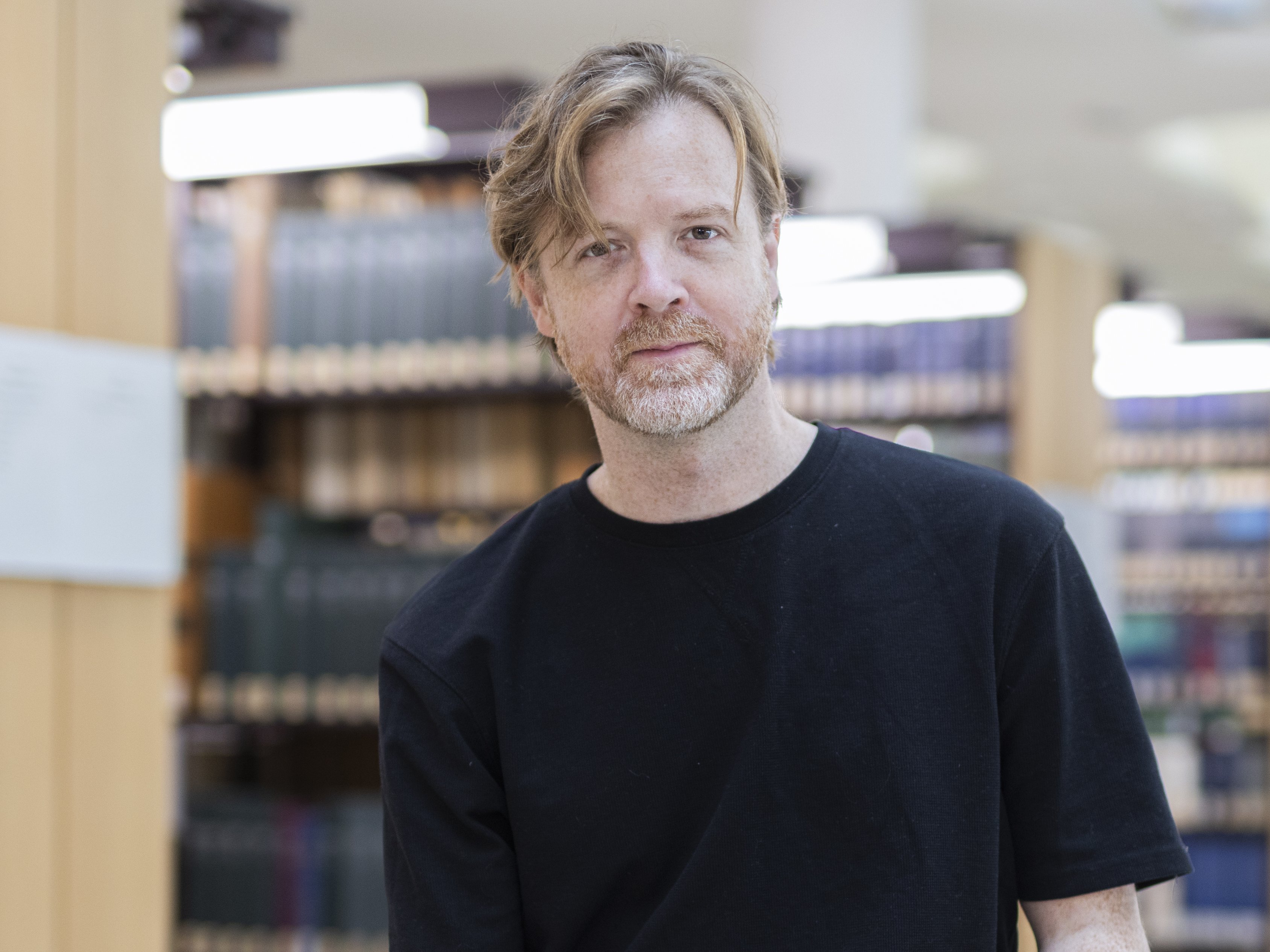- If I were not a musician ...

In this section, we introduce members of the Berliner Philharmoniker and their extramusical passions. Today: Trombonist Jesper Busk Sørensen, who has a good eye for details.
“In my next life I’d like to be a gardener,” Arne Jacobsen used to say, before he retired to the garden of his terraced house in Søholm. It was fortunate that the Danish designer and architect didn’t already fulfil this wish in his first life.
Jacobsen’s countryman Jesper Busk Sørensen, a trombonist with the Berliner Philharmoniker since 2009, agrees. “As a Dane, I grew up with the architecture of Arne Jacobsen,” says the 41-year-old. “It is to some extent part of the Danish cultural heritage.” Ever since he can remember, Jesper Busk Sørensen has been fascinated by architecture. As a child, he spent a great deal of time at his grandmother’s old dairy in the country. This historic brick building captured his imagination and awakened his love for old building materials.
Architecture is a sensory experience for Jesper Busk Sørensen: the inspiration becomes an idea and ends up in the hands of the architect, who draws the plans from which a building is ultimately built. “There is a parallel with music,” says the trombonist, “since we musicians also play our instruments with our bodies.”
In his leisure time, Jesper Busk Sørensen likes to study architectural drawings, goes to exhibitions and visits buildings. Sometimes he even goes to a museum just to examine the structure.
Does he have a favourite architect? Jesper Busk Sørensen reflects briefly. Jørn Oberg Utzon, who designed the opera house in Sydney, fascinates him very much, for example. From the younger generation, he mentions the Danish architect and furniture designer Sigurd Larsen, who lives and works in Berlin. But basically he can get excited about almost anything that is done with passion and skill. He can even find something to like about the much-maligned Brutalist architecture, since building with béton brut (raw concrete) does not tease with beautiful cladding but stands for what it is: exposed concrete.
Would architecture ever have been a career alternative to music? He did dream about it at times, Jesper Busk Sørensen admits, but his love of mathematics was not strong enough to study architecture. “Good architects have to be good at figures,” he comments with a smile.
One thing is important to him, he emphasizes at the end of our conversation in the canteen of the Philharmonie. “Architects have a great responsibility, since good architecture is better for the environment. It simply lasts much longer.”
As we stand up, it occurs to both of us that the whole time we were sitting on chairs whose legendary design originated with Arne Jacobsen. “That’s what I love about the Philharmonie,” Jesper Busk Sørensen says, his eyes shining. “The building is an icon of modern architecture; the hall has unique acoustics and is one of the best concert halls in the world – and chairs by a great designer are standing in the canteen.”

Jesper Busk Sørensen
Profile of the trombonist of the Berliner Philharmoniker

If I were not a musician ...
Double bass player Matthew McDonald loves poetry – and not only in music.

Martin von der Nahmer If I were not a musician ...
In this series, we introduce members of the Berliner Philharmoniker and their extramusical passions. Today: Violist Martin von der Nahmer cooks up a storm.